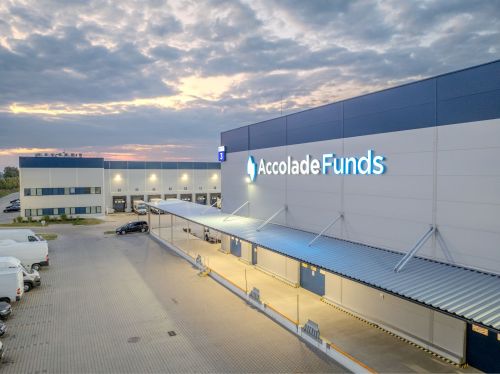The Covid-19 pandemic has definitely forced more people online and buyers who may not have shopped online previously could now become accustomed to having goods delivered directly to their homes. The current lockdown has increased consumer dependence on e-commerce and it’s likely that the shift to online retailing from traditional shopping will now accelerate even faster. This increase in e-commerce’s dominance is undoubtedly causing cross-dock facilities to become a core ‘must have’ investment target for funds. Occupier demand and income from such facilities is viewed as secure and sustainable due to the online trend. By definition, cross docking is a logistics procedure where products from a supplier are distributed directly to a customer or retail chain. When outbound transportation has been loaded the products make their way directly to the end-customers. This is often a ‘last- mile’ operation, with the movement of goods from the transportation h
































































The quiet revolution in Małopolska
The quiet revolution in Małopolska
Developers across the region are increasingly favouring heat pumps and photovoltaic systems over traditional gas boilers in warehouse construction. This shift marks a growing commi ...
Axi Immo
Modular construction becomes more prominent
Modular construction becomes more prominent
After a temporary slowdown, the modular construction market in Poland continues to expand in 2025. Although the sector faces challenges such as high material costs and investment f ...
Spectis
EXPO REAL 2025: From survival mode to selective recovery
EXPO REAL 2025: From survival mode to selective recovery
This year’s EXPO REAL in Munich marked a noticeable shift in tone across industry conversations. Following a period of uncertainty and postponed investment decisions, the com ...
Axi Immo